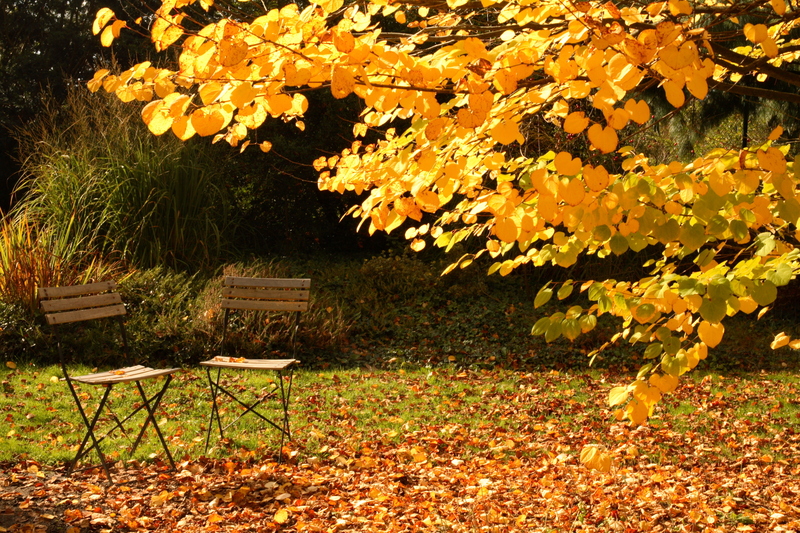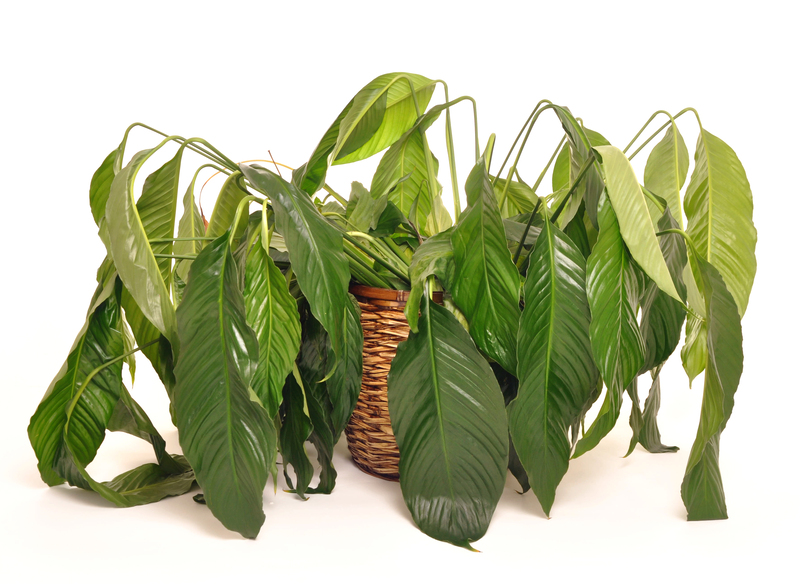5 Garden Plants to Steer Clear Of
Posted on 05/03/2025
Gardening is a beloved pastime for many, providing immense joy and a sense of accomplishment. However, not all plants are garden-friendly or safe for everyone. Some plants can be invasive, toxic, or otherwise problematic. This article aims to shed light on five garden plants you should steer clear of to ensure a safe and pleasant gardening experience.
1. Poison Ivy
Poison Ivy (Toxicodendron radicans) is notorious for causing skin irritation. Contact with this plant can result in a painful, itchy rash that may require medical attention. Poison Ivy grows in various environments, including forests, fields, and backyards.
| Characteristics | Description |
|---|---|
| Leaf Shape | Three almond-shaped leaflets |
| Growth | As a shrub or vine |
| Flowers | Small, yellow-green clusters |
Recognizing Poison Ivy is the first step in avoiding it. Wear gloves and proper attire when gardening and always have a plan for safe removal if you find it in your garden.

2. Giant Hogweed
Giant Hogweed (Heracleum mantegazzianum) is another plant that gardeners should be wary of. This invasive plant can grow up to 14 feet tall and poses significant health risks. The sap of Giant Hogweed can cause severe burns and even blindness if it comes into contact with the eyes.
| Characteristics | Description |
|---|---|
| Height | Up to 14 feet |
| Leaf Shape | Deeply lobed with sharp edges |
| Flowers | Large white clusters, resembling Queen Anne's Lace |
If you come across Giant Hogweed in your garden, it's crucial to call in professional removal services to eliminate the plant safely. Never attempt to remove it yourself, as improper handling can exacerbate the risks.
3. English Ivy
English Ivy (Hedera helix) may look appealing with its lush green foliage, but it's a highly invasive species. It can cover trees, walls, and other plants, effectively choking them out and depriving them of nutrients and sunlight. The plant's aggressive nature makes it very challenging to control once established.
| Characteristics | Description |
|---|---|
| Growth Habit | Vine that can climb and smother surfaces |
| Leaf Shape | Varying shapes but typically three to five lobes |
| Impact | Competes aggressively with native plants, damages structures |
To avoid dealing with an uncontrollable situation, it's best not to plant English Ivy in your garden in the first place. Instead, consider less invasive alternatives like native ground covers.
4. Belladonna (Deadly Nightshade)
Belladonna (Atropa belladonna), commonly known as Deadly Nightshade, is a beautiful but highly toxic plant. Every part of this plant - leaves, berries, and even roots - is poisonous. Ingesting even small amounts can be fatal, making it particularly dangerous if you have children or pets.
| Characteristics | Description |
|---|---|
| Height | 1.5 to 6 feet |
| Leaf Shape | Oval-shaped |
| Flowers | Bell-shaped, purple and greenish |
| Berries | Glossy, black |
If you suspect Belladonna is growing in your garden, it's vital to remove it immediately, ensuring you wear protective clothing to avoid direct contact with its toxic parts.

5. Oleander
Oleander (Nerium oleander) is a popular choice for landscaping due to its beautiful flowers and hardy nature. However, it is one of the most poisonous plants in the world. All parts of Oleander are toxic, and ingestion can lead to severe illness or even death.
| Characteristics | Description |
|---|---|
| Height | Up to 20 feet |
| Leaf Shape | Long, narrow, and leathery |
| Flowers | Variety of colors, including red, pink, and white |
Given its high level of toxicity, Oleander is not recommended for any garden, especially those frequented by children and pets. If you currently have Oleander in your garden, consider removing it and replacing it with a safer plant option.
Conclusion
Gardening should be a delightful and safe hobby. However, it's crucial to be aware of the plants you introduce into your garden. By steering clear of Poison Ivy, Giant Hogweed, English Ivy, Belladonna, and Oleander, you can ensure a safer environment for yourself, your family, and even your pets. Always research potential plants thoroughly before adding them to your garden to prevent any unwanted surprises. Happy gardening!




